Finally Revealed: The Surprising Truth About Sempervivum vs Jovibarba
At first glance, Sempervivum and Jovibarba appear strikingly similar – just two adorable varieties of hen and chicks succulents. But look closer and you’ll uncover some startling differences that even experienced green thumbs often miss.
From wildly different flowering styles to color-changing superpowers, the truth about how these succulent cousins diverge is more surprising than you think. Get ready to have your mind blown by the jaw-dropping differences (and similarities) between the often-confused Sempervivum and Jovibarba.
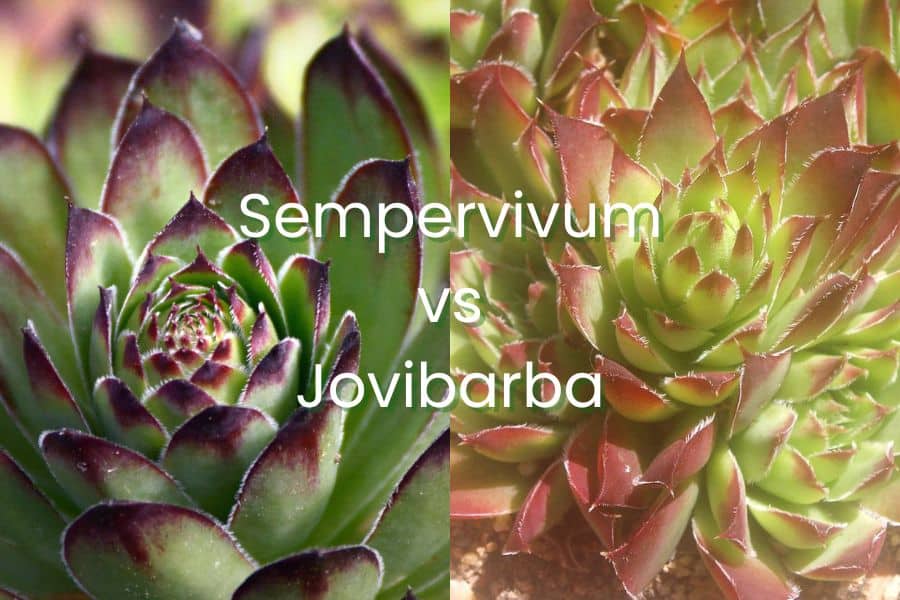
Contents
The Colorful Surprise
While both kinds of succulents flaunt head-turning shades of red, purple, pink and green, only one can totally transform its look season after season. Sempervivum’s colors are a real chameleon, fading from soft peaches in spring to blazing pinks in summer to smoky violets in fall. Jovibarba, on the other hand, struts the same vibrant, consistent shade all year long.
A Flowering Faceoff
Their blossoms tell the story: Jovibarba prefers understated pale yellow bells with 6-12 petals. But Sempervivum’s starry flowers go big and bold, with 12-18 petals that unfurl in a tizzy of color from sunny yellow to popping pink.
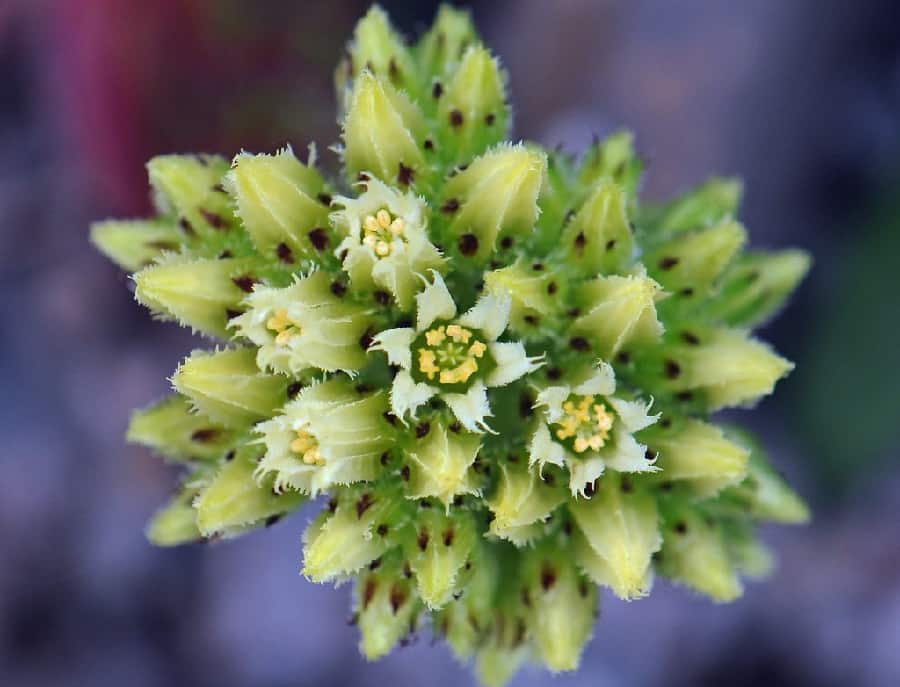
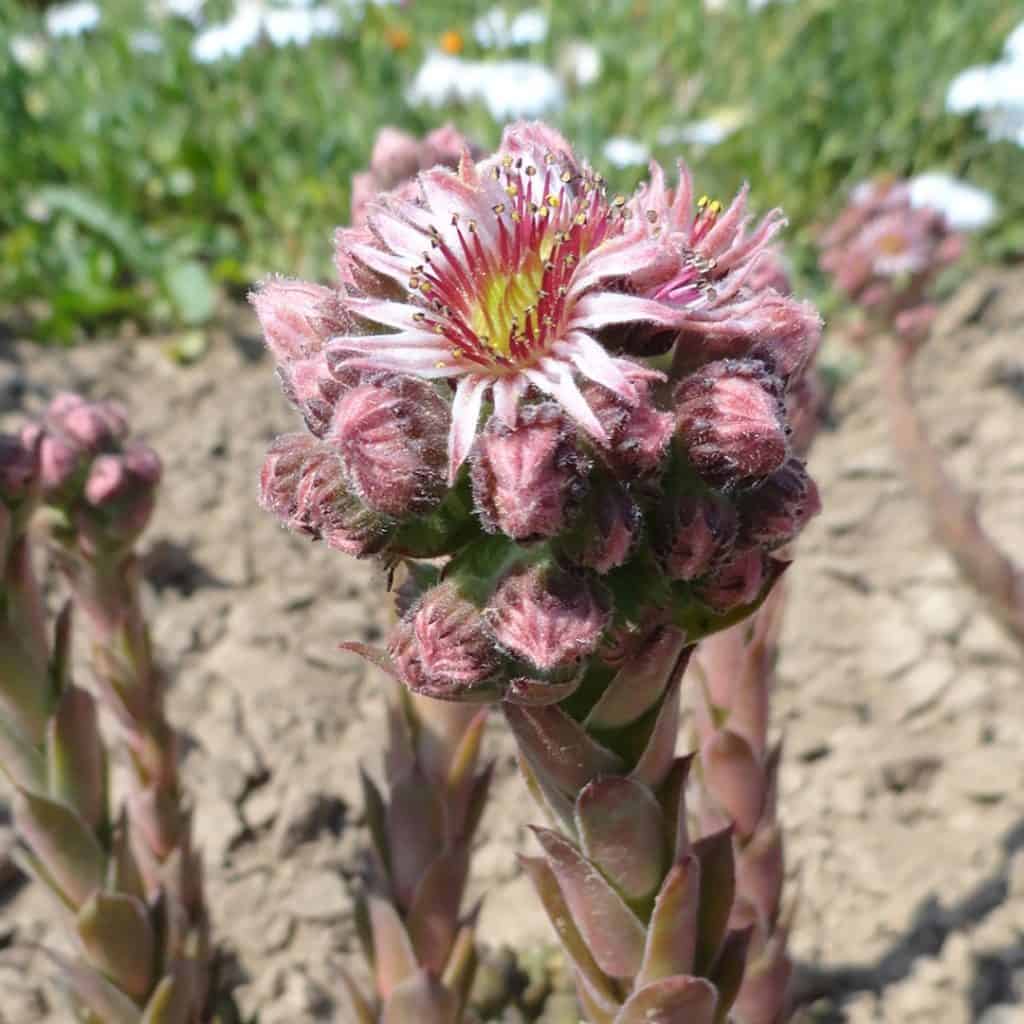
Multiplying Mavericks
Both spread by prolifically creating offsets or “chicks” around the main plant. But their growth patterns are light years apart. Jovibarba’s babies develop tucked inside the protective chambers of the mother hen’s rosette leaves. Undisturbed, they grow into full new rosettes still nestled against her side. Sempervivum’s offsets, however, travel out on wandering stems before rooting solo alongside (but detached from) the original plant.
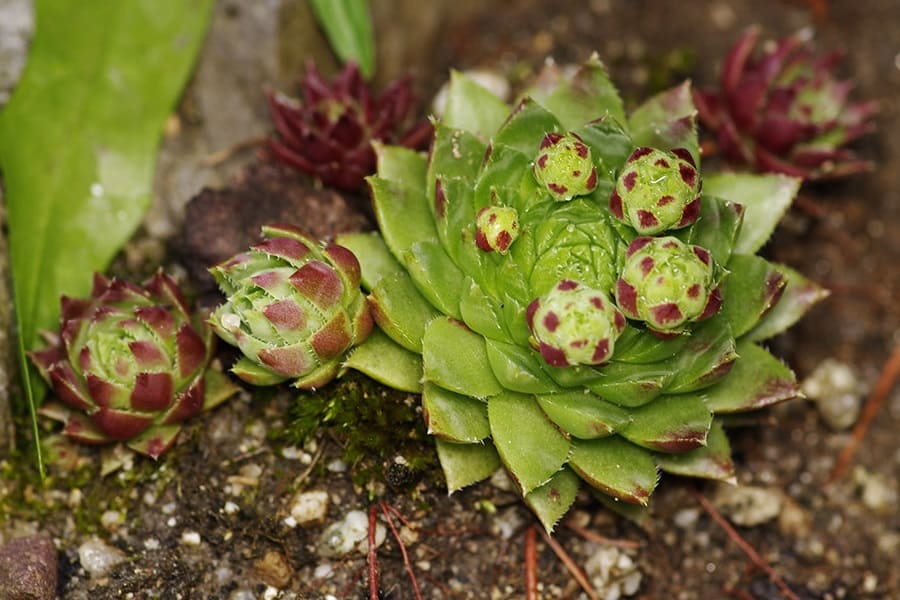
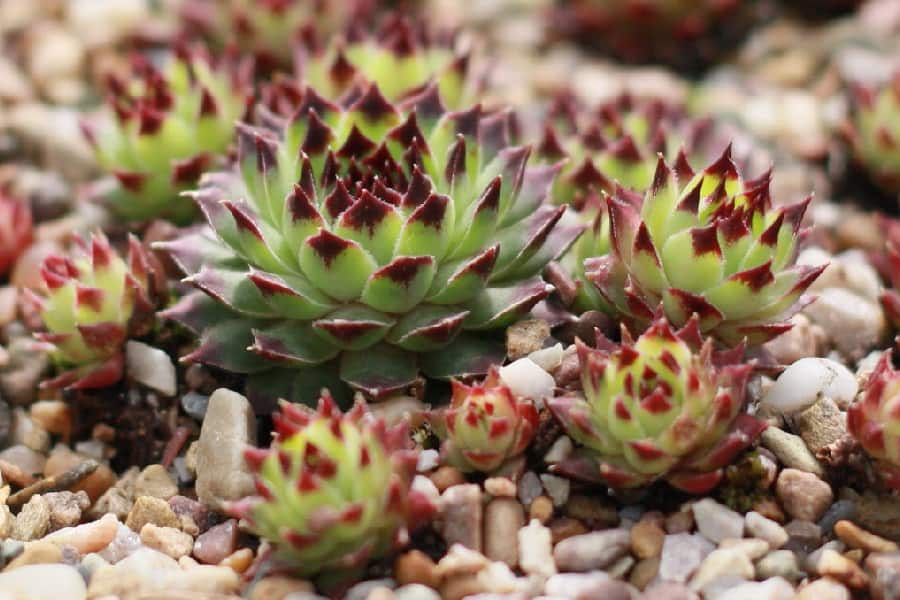
Related Posts:
Sempervivum vs Echeveria
Sempervivum vs Aeonium
Sempervivum vs Sedum
The Striking Similarities
Despite their surprising differences, Sempervivum and Jovibarba do share some striking family resemblances:
1. Growth Habits
Both are monocarpic succulents, meaning the main rosette plant only flowers and sets seed once before dying off. But never fear – they produce plenty of offset “chicks” to carry on their legacy.
2. Climate Needs
These sun-lovers thrive in warm, dry conditions and don’t need frequent watering once established. They make ideal drought-tolerant picks for rock gardens.
3. Pollinator Pleasers
With their vibrant colors and bountiful blooms, both Sempervivum and Jovibarba are magnets for bees, butterflies and other pollinating pals when in flower.
4. Rosette Appearance
Of course, their classic tight rosette shapes and plump, fleshy leaves give both varieties that quintessential succulent look we all adore.

Care Differences to Dig Into
While their basic succulent needs align, with both craving fast-draining gritty soil and bright sun, there are still key care considerations to keep them both thriving:
For Sempervivum:
- Well-draining soil mix with 25-50% sand/grit
- Can be grown in rock gardens or wood planters
- Most varieties are cold-hardy down to at least 14°F (-10°C)
For Jovibarba:
- Also needs excellent drainage with sand/vermiculite
- Best in rock gardens, raised beds, pots
- Tolerates temps as low as -13°F (-25°C)
- Dislikes dry winds
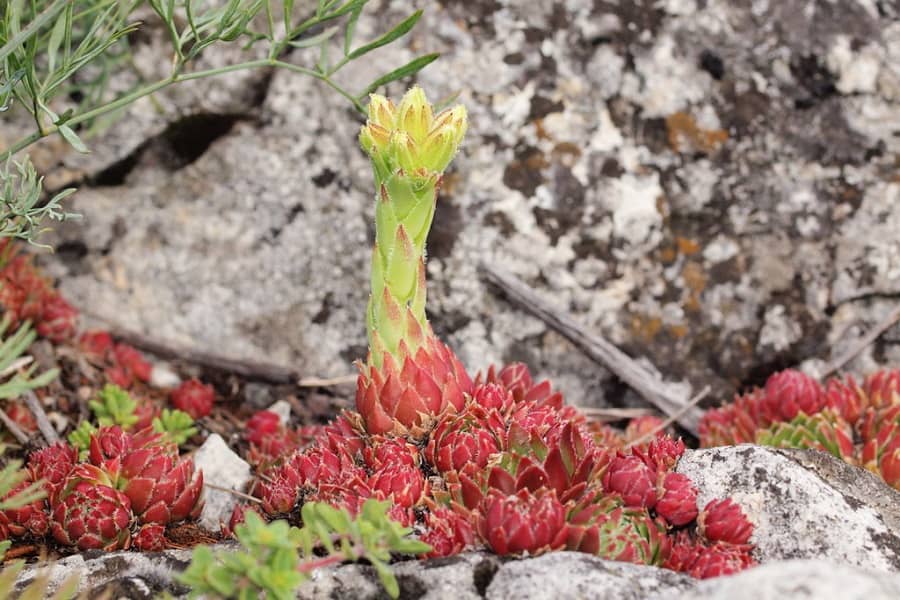
The Truth Comes Out
Sure, these succulent sisters share some family resemblance when immature. But once you understand their surprising differences in color morphing, flowering styles, baby-making and specific care needs, you’ll never look at Sempervivum and Jovibarba the same way again!
Get ready to impress your plant pals by easily spotting which is which. The stunning truth about how these two hens and chicks varieties diverge will make you love them both even more.
